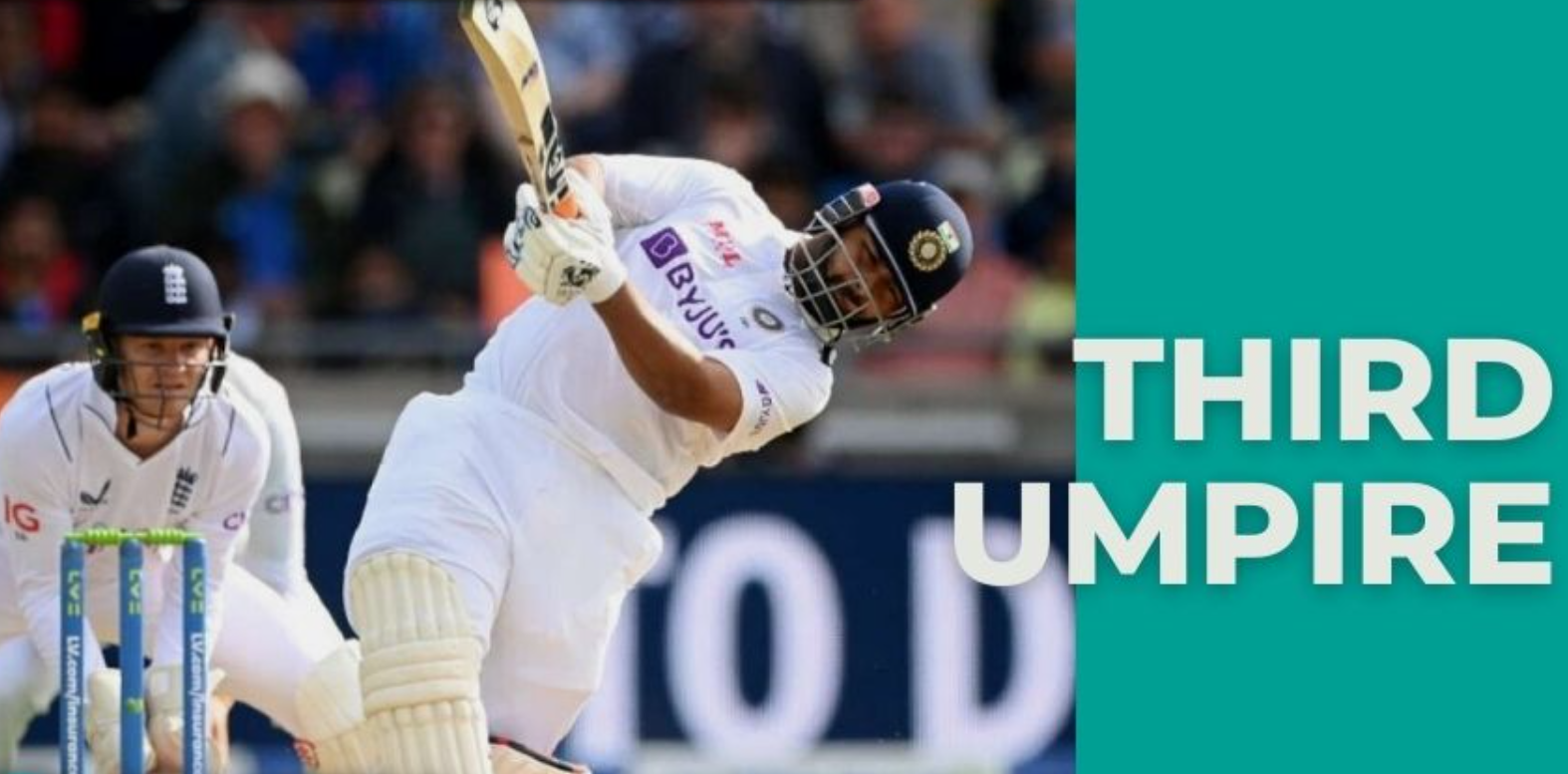

Just like any other game, the sport of cricket also has designated officials by the International Cricket Council (ICC) to overlook, supervise and judge the proceedings of a match. These are called referees and umpire. Each cricket match has one referee and four umpires. Two umpires are present on-field whereas two more are present off-the-field. The off field umpires are called third umpire and fourth umpire. This article focuses on the role of the third umpire.
The concept of the third umpire was first put forth by Mahinda Wijesinghe in 1983-84, who proposed the idea of using cameras for improving the decision-making in cricket. However, the idea was shelved. In 1992, South Africa agreed to implement the system during their series against India. Sachin Tendulkar became the first player to be adjourned our by the third umpire. Karl Liebenberg was the third umpire in the match.
Appointment of the third umpire is made from the ICC’s Elite Panel of umpires. In test cricket and One Day International cricket, the third umpire should be from a different nationality as compared with the two teams contesting the match. In T20 cricket, the third umpire is chosen by the home side’s governing body of cricket.
The third umpires of the current era of cricket have a lot of technological advances at their disposal. Television replays, decision review system, hawkeye, snickometer are some of the many advances that the third umpire uses to assist the on-field umpires in making the correct call.
During a match, if one of the on-field umpires is injured or has to retire due to illness, the third umpire takes their position. The duties of the third umpire are then handed over to the fourth umpire.





